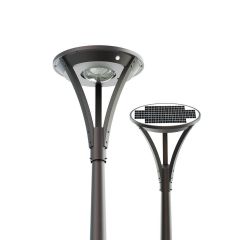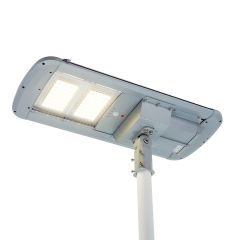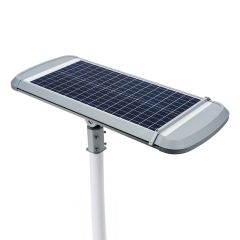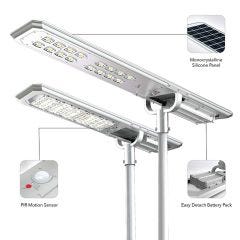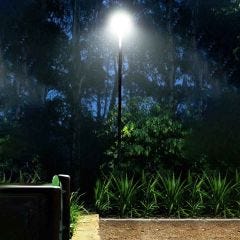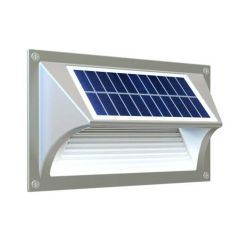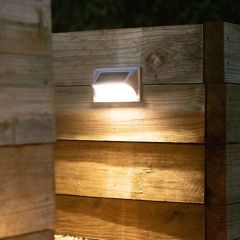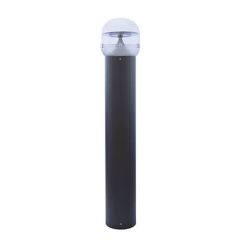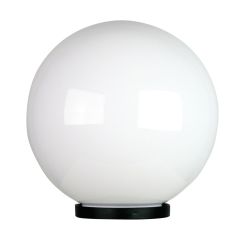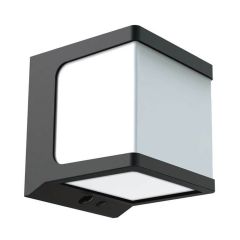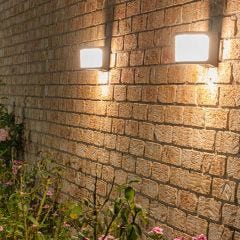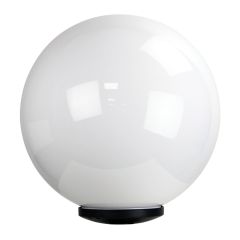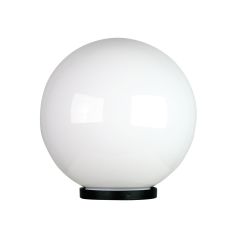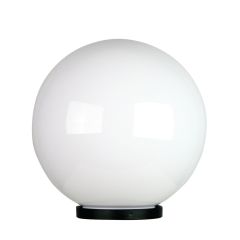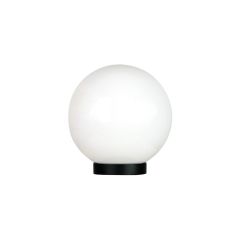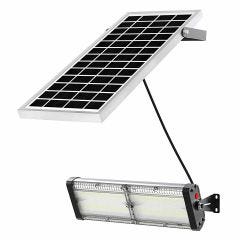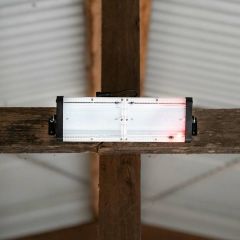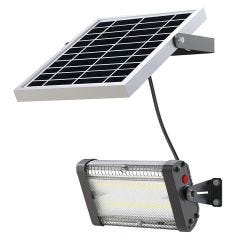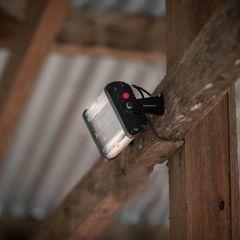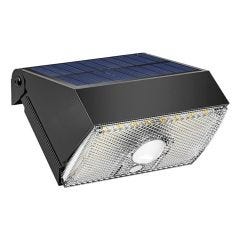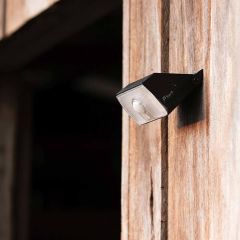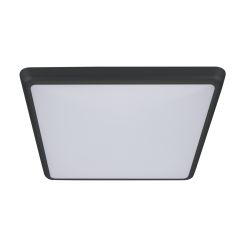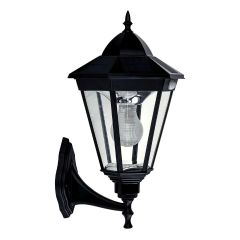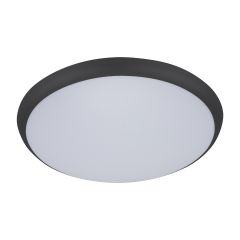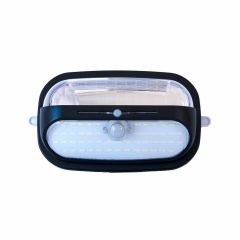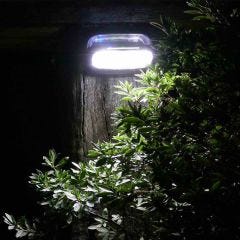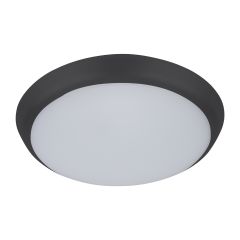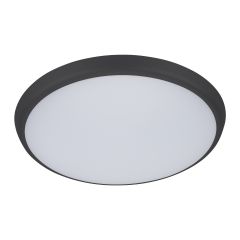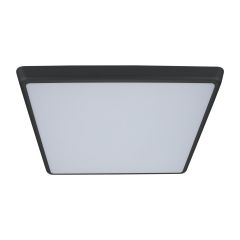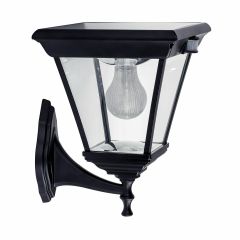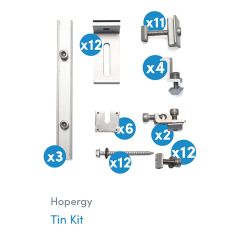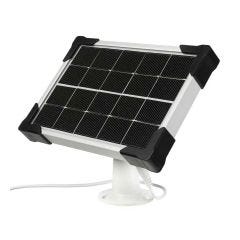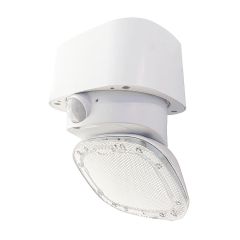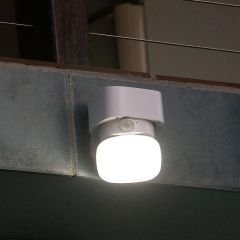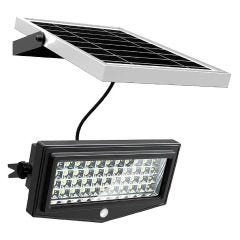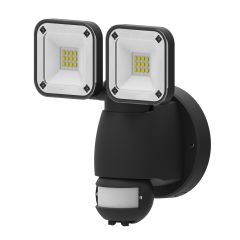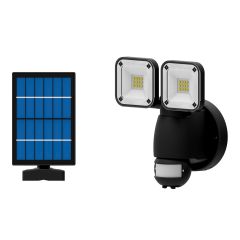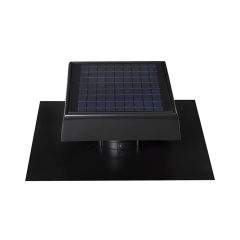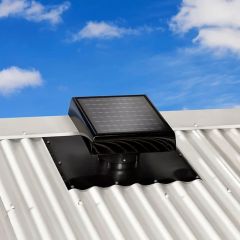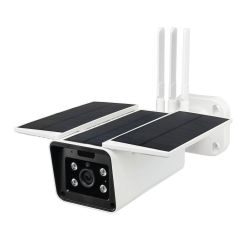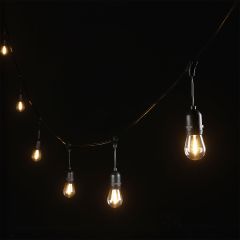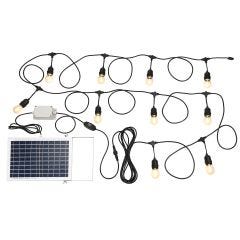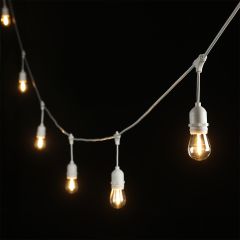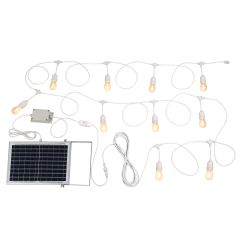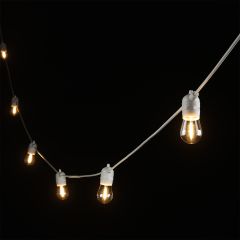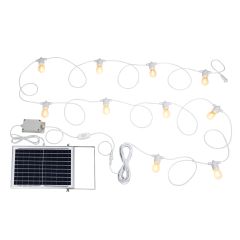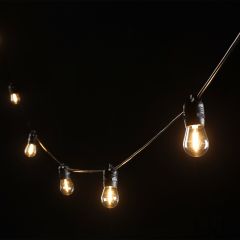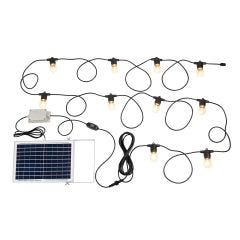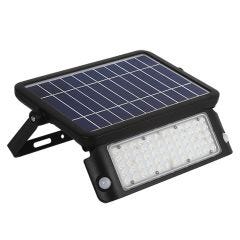Search results for: 'lighting solar lights solar post top lights'
-
Star8 LED Outdoor Solar Step LightSpecial Price $55 RRP $57 | Save 4%
-
Star8 Commercial LED Solar Bollard LightSpecial Price $599 RRP $620 | Save 3%
-
Star8 Cube 10W LED Solar Security Wall Light with Motion SensorSpecial Price $75 RRP $77 | Save 3%
-
Star8 Uranus 60W LED Solar Multipurpose Light with RemoteSpecial Price $339 RRP $341 | Save 1%
-
Star8 Uranus 30W LED Solar Multipurpose Light with RemoteSpecial Price $225 RRP $227 | Save 1%
-
Star8 10W LED Outdoor Solar Wall Light with Motion SensorSpecial Price $45 RRP $69 | Save 35%
-
Solar Lighting Direct Classic Straight 3.8W LED Outdoor Coach Light with SensorSpecial Price $270.99 RRP $279.99 | Save 3%
-
Star8 Beetles 25W LED Outdoor Solar Bunker Light with Motion SensorSpecial Price $89 RRP $119.99 | Save 26%
-
Solar Lighting Direct Classic Straight 6.2W LED Outdoor Coach Light with SensorSpecial Price $270.99 RRP $279.99 | Save 3%
-
Hopergy 1.5KW Tin Roof Solar Mounting KitSpecial Price $119 RRP $129 | Save 8%
-
Star8 LED Swivelling Outdoor Solar Security Floodlight with Motion SensorSpecial Price $79 RRP $82 | Save 4%
-
Hopergy 1.5KW Tile Roof Solar Mounting KitSpecial Price $119 RRP $129 | Save 8%
-
Star8 10W LED Outdoor Solar Security Floodlight with Motion SensorSpecial Price $174 RRP $175 | Save 1%
-
UGE Solar LED Security Floodlight with Sensor - BlackSpecial Price $79.95 RRP $149.95 | Save 47%
-
CSR Bradford SolarXVENT Solar Powered Roof VentilatorSpecial Price $219 RRP $249 | Save 12%
-
Brilliant Smart Trident Wire-Free 1080p HD Outdoor Solar CameraSpecial Price $275 RRP $356.95 | Save 23%
-
Eglo Outdoor Solar Festoon 10LT LED Kit Hanging String Lights 13m - Black - 2700K Warm WhiteSpecial Price $80.85 RRP $149.95 | Save 46%
-
Eglo Outdoor Solar Festoon 10LT LED Kit Hanging String Lights 13m - White - 2700K Warm WhiteSpecial Price $80.85 RRP $178.95 | Save 55%
-
Eglo Outdoor Solar Festoon 10LT LED Kit Fixed String Lights 13m - White - 2700K Warm WhiteSpecial Price $90.75 RRP $166.95 | Save 46%
-
Eglo Outdoor Solar Festoon 10LT LED Kit Fixed String Lights 13m - Black - 2700K Warm WhiteSpecial Price $90.75 RRP $166.95 | Save 46%




